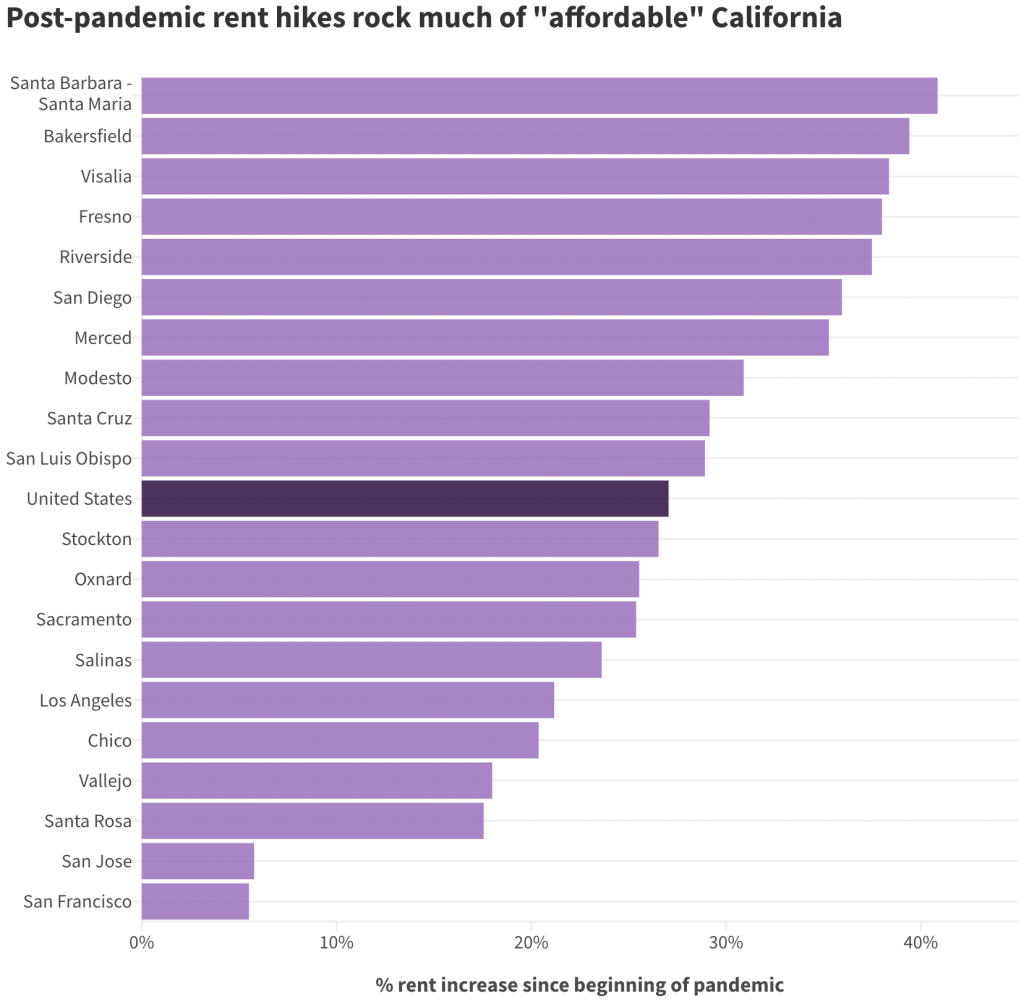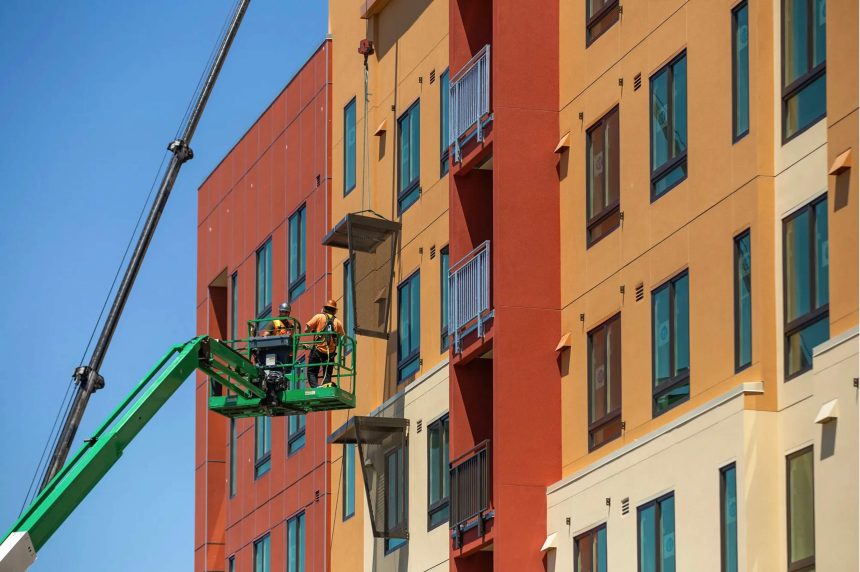California Homelessness
By Ben Christopher
If there was ever any doubt, 2023 made two things very clear. First, California lawmakers are now fully committed to the idea that the state needs to build many more homes to tackle the state’s long-term housing crisis. Second, that crisis isn’t going away anytime soon.
California’s steady rise in home prices and rents is the primary reason behind the state’s homelessness crisis, which grew even more dire in many parts of the state this year. Housing costs are also the culprit behind California’s sky-high poverty rate and its steady decline in population, as middle- and working-class residents seek cheaper places to live.
For years, many lawmakers in Sacramento preferred to leave questions of what gets built, where and under what terms to local governments. No longer.
A throng of state legislation passed in 2023 designed to clear aside local restrictions on construction and to diminish the threat of anti-development lawsuits, all with the goal of supercharging development. Affordable housing set aside for lower income Californians was a particular beneficiary.
The pro-housing shift in the Legislature is largely thanks to the severity of the crisis, but it’s also the product of a new pro-development coalition in Sacramento that includes developers, “Yes in my backyard” activists and, perhaps most crucially, the state’s unionized carpenters.
The state’s executive branch wants to spur production too. The governor’s Department of Housing and Community Development spent much of the past year pressuring local governments to plan for enough housing to meet statewide production goals.
In some cases, enforcement has meant promoting an old, but never-before-used state law — the so-called Builder’s Remedy — that allows developers to ignore zoning restrictions in cities that don’t pass their housing plans on time. In other cases it’s meant auditing local approval processes and taking reluctant cities to court, something Attorney General Rob Bonta has done or threatened to do on numerous occasions.
Though 2023 was a (relative) roaring success for pro-building advocates, those concerned about renter protections saw more muted gains. The Legislature passed laws that make it harder for landlords to evict tenants and that limit the size of security deposits — relatively modest changes won over the fierce opposition of the state’s powerful landlord lobby. Now that pandemic-era eviction bans enacted by state and local governments during the pandemic have largely lifted, the number of renters being tossed from their homes has shot up, driven by eviction spikes in Los Angeles and the San Francisco Bay Area. Even so, tens of thousands of tenants who turned to the state for rental assistance during the pandemic are still awaiting that help.
The politics around homelessness also took a turn. Growing impatient with the slow pace of progress, Newsom and many progressive lawmakers began embracing policies like clearing encampments and penalizing local governments for inaction, while promoting “tiny homes” as a scalable solution.
The governor has also sunk significant political capital into two of his favored proposals that target the state’s overlapping crises of homelessness and mental illness.
The first is the state’s new CARE Court, a parallel judicial system that can mandate treatment for those experiencing severe untreated mental illness, while also demanding services and shelter from counties. On the county-by-county roll out schedule, Los Angeles County was listed first up in December.
Newsom’s second big push will go before the voters in March: A bond to fund treatment and shelter for homeless Californians with mental health problems. But that’s likely to be just one of a slate of housing-related measures California voters can expect to consider in 2024. A series of state and local affordable housing bonds along with a statewide constitutional amendment designed to make it easier for locals to pass them are likely to be on the ballot, as is a third recent attempt to repeal statewide restrictions on local rent control ordinances.
Despite all the new pro-construction legislation, a boom probably isn’t in the cards for 2024. High interest rates have put a damper on new construction and those in the business of building affordable housing say insufficient public funding remains an obstacle. Even so, the Legislature isn’t likely to let up on the cause of trying to make it easier to build apartments, duplexes and ADUs.
Major issues for 2024: Housing will be on the ballot in 2024. In March, voters will weigh in on Gov. Newsom’s bond to fund treatment and shelter for homeless Californians with mental health problems. The November ballot will be more crowded with a series of state and local affordable housing bonds, a statewide constitutional amendment aimed at making it easier to pass those bonds, and a third attempt to repeal statewide restrictions on rent control ordinances. In the Legislature, lawmakers aren’t likely to let up on the cause of trying to make it easier to build apartments, duplexes and ADUs and the state’s housing department will have its hands full making sure that cities are sticking to their housing plans. www.zapinin.com/california-news/homelessness
For More California News Visit www.zapinin.com/california-news.



